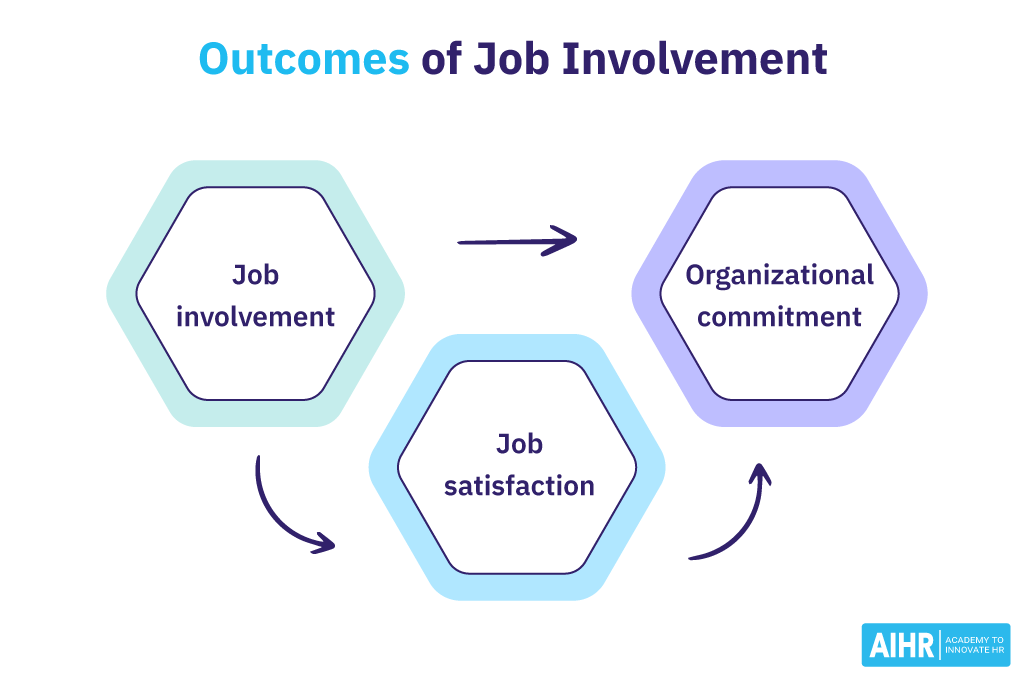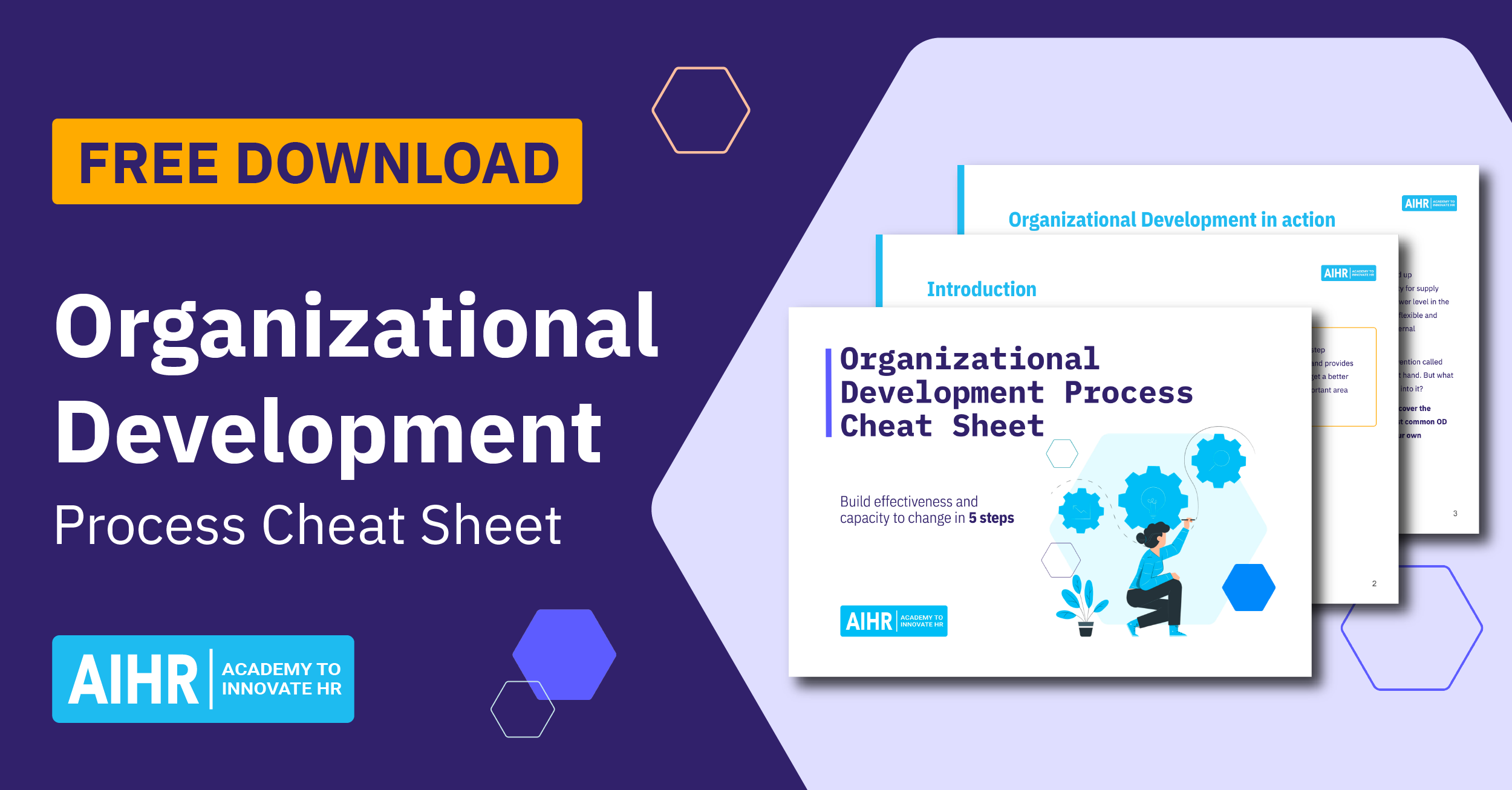Job Involvement
What is job involvement?
Job involvement, also referred to as job participation, is the degree to which an employee identifies with their work, actively participates in it, and derives a sense of self-worth from it. When employees understand the potential for meeting their personal and organizational needs for growth, success, security, recognition, and contributing to the team and organizational goals, they are more likely to become more psychologically and emotionally invested in their job and the company’s mission.
Employees who possess a high level of job involvement care about their work, identify with it, and have a more positive attitude, impacting their performance, engagement, and effectiveness. This leads to lower absence and turnover rates and contributes to the morale and productivity of an organization. In other words, job involvement plays a significant role in an employee’s satisfaction, performance, and commitment to their organization.
Organizations worldwide have been using Lodahl & Kejner’s job involvement scale to determine how their employees feel about their jobs using a 10-point questionnaire.
This concept is highly relevant to HR professionals. By fostering job involvement in their organization, they help build a committed, productive workforce.
What is an example of job involvement?
A Benefits Administrator realizes that they receive the same queries with regard to the company’s policies. It indicates that the employees do not have a clear understanding of these policies.
They take it upon themself to investigate by running focus groups to gather data and to identify what the problem may be. The focus group reveals that employees do not know where to access the information and have limited understanding of the policies.
With this new information in mind, the Benefits Administrator builds a short online training video that employees can access via the intranet, which explains the policy. An accompanying infographic further highlights important points for the staff. The Benefits Administrator also requests for the information to be included in the onboarding process for new employees.
Outcomes of job involvement
High job involvement leads to a boost in:
- Job performance
- Participation
- Productivity
- Effectiveness
- Attitude
- Organizational commitment
- Team morale
It can also help lower absence and turnover rates. That allows an organization to become more stable and prevent critical knowledge and skills gaps.

What is the difference between job satisfaction, job crafting, and job involvement?
Many studies (as well as Lodahl and Kejner’s job involvement scale) have shown a direct correlation between job involvement and job satisfaction. A high level of job involvement leads to a greater attachment to one’s work and organization. That, in turn, increases job satisfaction levels.
However, the key difference is that job satisfaction (or employee satisfaction) measures how content an employee is with their work, or how much they like their job and the individual components of it. Job crafting refers to shaping and changing the employee’s job around specific areas of interest or value.
In contrast, job involvement measures how much an employee actively participates in their job and is committed to helping the organization meet its goals.
What affects job involvement?
The three key factors that affect job involvement are the personality of the employee, the characteristics of the job, and the behaviors of the manager or supervisor.
- Motivation – People who are intrinsically motivated and believe in the value of hard work or have a high level of self-esteem are more likely to be more involved in their job (Brown, 1996).
- Job characteristics – If a job involves a degree of autonomy, complexity, support, and feedback, uses various skills and has clear visible outcomes, job involvement is higher (Humphrey, Nahrgang, & Morgeson, 2007).
- Manager behaviors – When a manager allows the employee to participate in making decisions and is warm, friendly, and genuinely concerned about employee welfare, job involvement tends to be higher (Brown, 1996).
Key takeaway for HR
The degree to which employees are involved in their work directly affects their commitment to the organization. Understanding this and making a conscious effort to involve all your employees more in the growth and development of the company is crucial to making them feel like active participants and boosting their job involvement.







